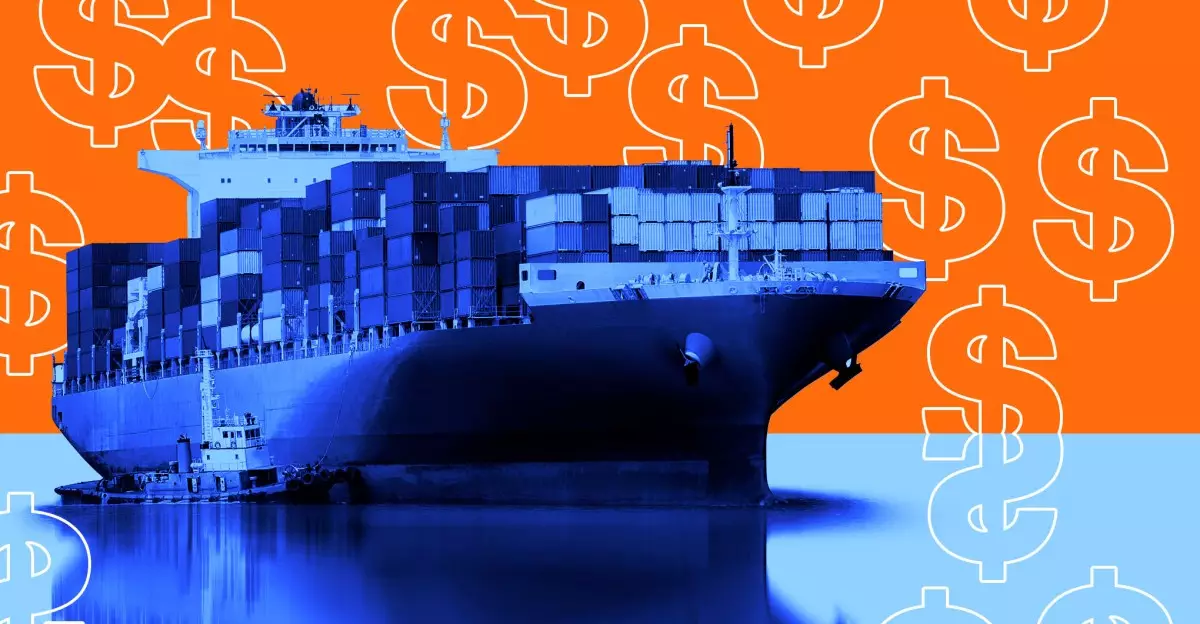On May 2nd, 2025, a significant change rocked the world of online shopping in the United States: the de minimis exemption for packages arriving from China and Hong Kong was officially nullified. This exemption, which previously allowed packages valued under $800 to enter the U.S. without incurring tariffs, has been a hidden gem for many consumers and sellers alike. Its abrupt discontinuation has sent ripples through the e-commerce landscape, introducing a wave of costs that shoppers were generally unaware would soon impact their purchases. The implications of this shift extend well beyond just an uptick in prices; they redefine the current state of consumer behavior in digital marketplaces.
The Underestimated Value of the Exemption
The de minimis rule was more than a mere footnote in international trade policy—it was a lifeline for average consumers engaging in cross-border shopping through platforms like Temu, Shein, and other similar outlets. In 2024 alone, a staggering 1.4 billion packages utilized this exemption, the majority of which came from China. This largesse allowed consumers to buy inexpensive products without the looming specter of excess tariffs affecting their decisions. With many online retailers built around this duty-free model, the loss of the exemption means a reckoning for e-commerce brands that have relied on low shipping costs to build customer loyalty.
It is paramount to understand that many consumers did not even realize the extent to which they benefitted from the de minimis tariff exemption. Buying items from overseas has always been a double-edged sword; while it offers access to an extensive range of products, it also exposes consumers to the unintended consequences of import taxes and trading policies. The abrupt termination of this exemption could easily send customers scurrying back to domestic brands, creating profound secondary effects throughout the retail sector.
Unpacking the New Tariff Structure
Under the newly instituted rules, packages valued under $800 face a staggering tariff of either 90 percent of their value or a flat fee of $75 per item if sent through standard postal services like USPS. For packages dispatched through commercial carriers such as DHL, the stakes are even higher; they will new face the full brunt of tariffs, including product-specific duties that could reach beyond 20 percent. This newfound financial burden inevitably means that online shoppers will have to confront an unfamiliar reality—one where low-cost international goods no longer come without the risk of hefty fees.
The sudden introduction of these tariffs created chaos as the postal service scrambled to adapt. Initially, USPS placed a ban on all packages from China and Hong Kong, only to retract that statement after vacuuming the shout from consumers. This highlights a glaring disconnect; the operational capabilities of Customs and Border Protection (CBP) have been called into question. How is it possible to efficiently process over a billion packages annually without proper systems?
The Human Element: Shoppers and Retailers Struggle
For everyday consumers, the unknowns make shopping a precarious experience. Many individuals already operate within tight budgets and are unlikely to absorb these unexpected fees without reconsidering their purchasing habits. In contrast, retailers must now reevaluate pricing models that were built on the expectation of low shipping costs. E-commerce platforms like Shein and Temu thrived on the volume of low-cost items shipped directly to consumers’ doors. The financial turmoil in this sector may also ignite further changes; many shoppers could find themselves with fewer options or higher prices.
E-commerce businesses that once relied on the timeliness and accessibility of inexpensive shipping are now faced with a strategic dilemma. They must choose whether to absorb higher costs, pass them on to consumers, or find alternative supply chains. In many ways, this shift places a greater focus on domestic manufacturing and fulfillment. Retailers will likely redirect their strategies toward forming partnerships with local suppliers, even if that means increasing the price point for their products.
The Broader Implications of Enforcement
The Trump administration has framed the removal of the de minimis exemption as an effort to combat illicit goods and synthetic opioids entering the country. However, there’s little clarity on how ending the exemption will truly enhance enforcement against these issues. The harsh reality is that processing packages with required formal entry documentation will consume resources and time, ultimately leading to delays that frustrated consumers will feel. The risks of inefficacy could transform the shopping landscape into a more challenging environment for both consumers and businesses.
In the end, the elimination of the de minimis exemption may serve as a crucial warning: swift policy changes can bring significant and often unexpected upheaval. The complexities of international trade, e-commerce, and consumer habits are interconnected in ways that policymakers must carefully navigate if they hope to minimize disruptions in the continually evolving digital marketplace.

